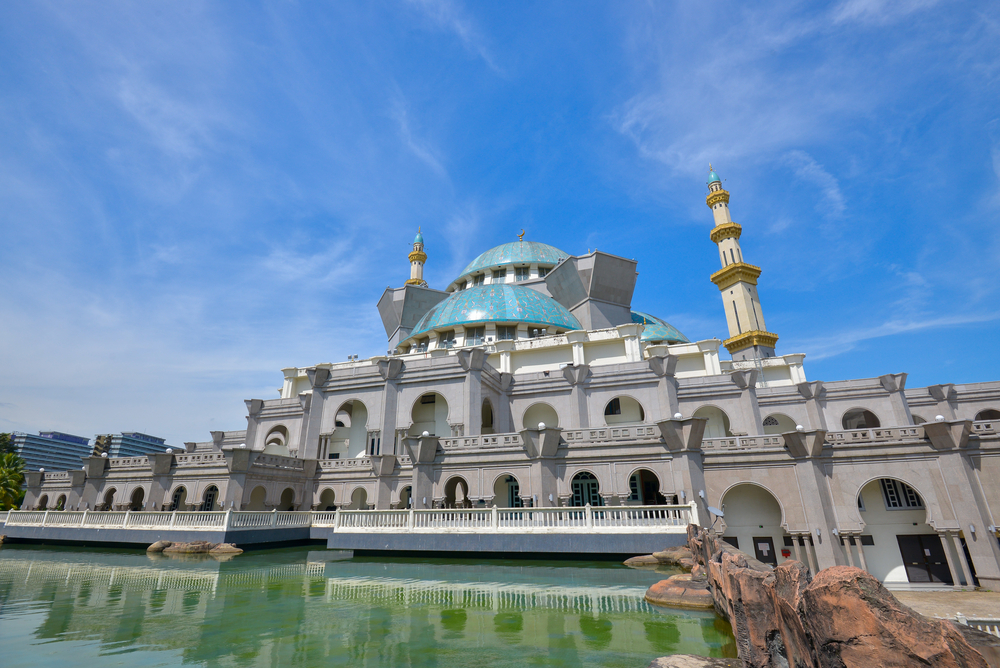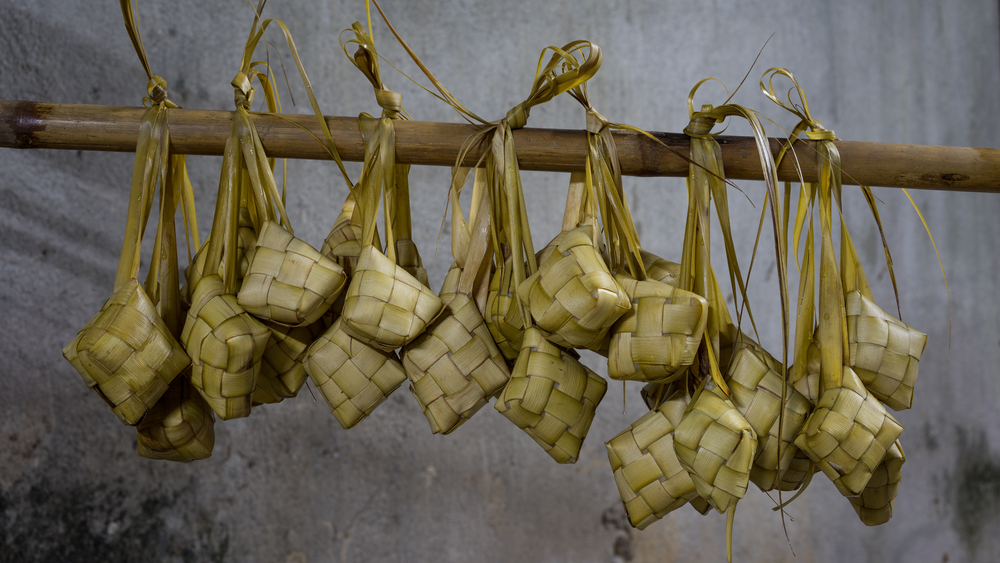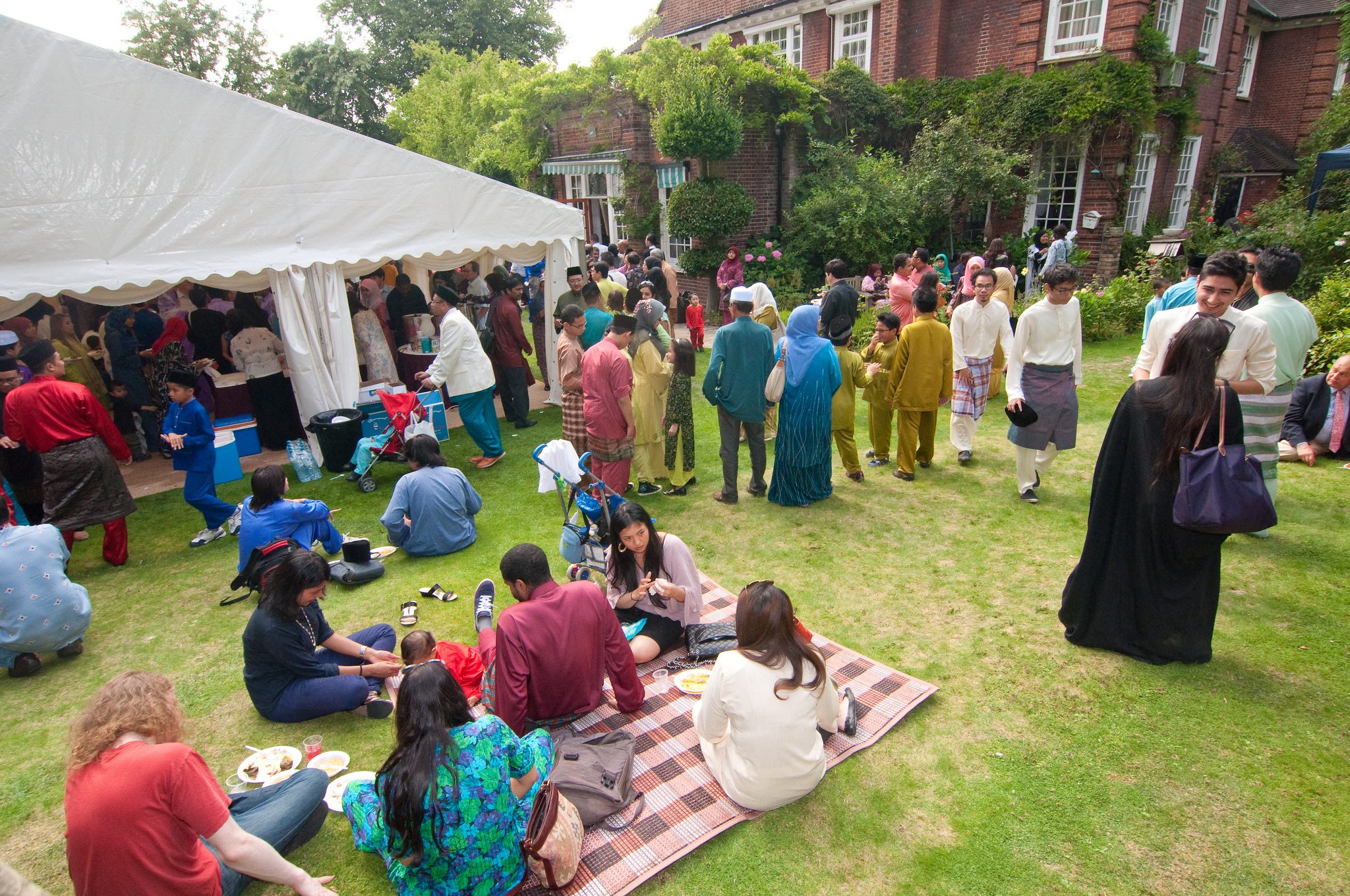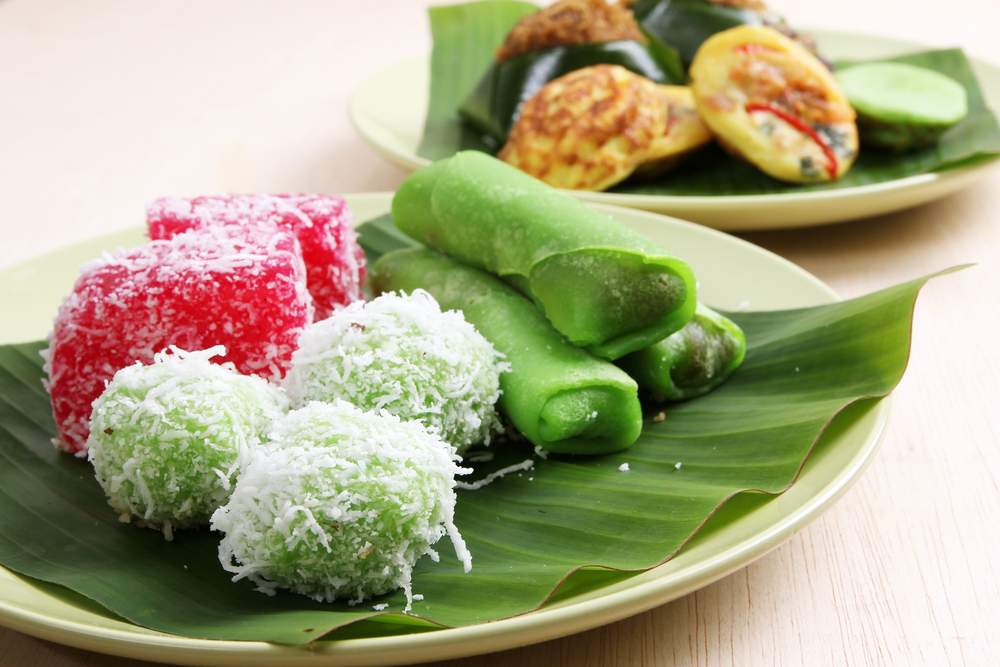The spirit of Hari Raya Aidilfitri

What is Hari Raya Aidilfitri?
Hari Raya Aidilfitri which falls on the first day of Syawal – the 10th month of the Islamic calendar – is celebrated with great enthusiasm, especially after Muslims have completed a month of fasting during Ramadan, the 9th month in the Islamic calendar.

Hari Raya, as it is commonly referred to in Malaysia, is a time of sharing, forgiveness, and thanksgiving. Muslims will seek forgiveness and blessings from their friends and family during this time and relationships are strengthened by choosing peace and harmony as a way of life.
Hence, it is a common practice for young people to approach their elders and seek forgiveness for any mistakes they committed the previous year, and in return, the elders reciprocate the gesture with their blessings and kind words, as well as offering forgiveness.

During this celebration, big cities experience an exodus as many Muslims make their way back to their home towns (balik kampung) to celebrate with their entire family, and since the first two days of Hari Raya are public holidays in Malaysia, many non-Muslims take the opportunity to travel home as well.
Another ritual here is elders giving out money in little green packets to their children and young visitors. The handing out of the money, commonly referred to as duit raya, is a cultural ritual and is a point of great excitement for many children.
The open house
Celebrations of Aidilfitri lasts the entire Syawal month and during this time, Muslims will invite their relatives and friends over to their homes to join in the celebration and merriment. This special invitation – which is open to all visitors – is generally known as the Open House.

Primarily, the objective of the open house is to create harmony and forge a better understanding among friends and relatives. Usually the hosts will not adhere to any rigid formalities; rather they prefer to be casual and informal with their guests.
Hari Raya Aidilfitri, like other religious celebrations throughout the year in Malaysia, is more than just songs and dances. It is a testament to the nation’s strong sense of tradition, its culture of tolerance and its unity in diversity.
Apart from organised open houses, of which there are many – look out for the ones organised by the Royal Palace – many people also tend to visit friends and families. Students like to make a day out of it, visiting a number of their teachers’ houses, hopping from house to house for a little revelry and food at each stop.
Malaysian Hari Raya feast

This is also the time of the year when you can sample the most delicious dishes from the traditional Malay culinary repertoire. As the saying goes, ‘No Thanksgiving is complete without a stuffed turkey’. Likewise, the Hari Raya Aidilfitri open house is incomplete without traditional Malay food and desserts.
Some dishes you can look out for are:
- Satay – skewered and barbecued meat served with peanut sauce and ketupat
- Rendang – beef or chicken cooked in thick gravy and coconut milk
- Ketupat – square-shaped rice cake wrapped and cooked in a coconut satchel
- Lemang – glutinous rice cooked with coconut milk inside bamboo segments, usually eaten with the rendang, serunding or curry
- Serunding – beef or chicken floss
- Kuih pelita – bite sized traditional layered jelly-like dessert with a layer of coconut cream jelly and a layer of water chestnut jelly
Those are just a few of the many traditional Malay dishes you’ll find during Hari Raya. Of course, this is Malaysia, so do expect to see sumptuous Indian and Chinese dishes as well.
"ExpatGo welcomes and encourages comments, input, and divergent opinions. However, we kindly request that you use suitable language in your comments, and refrain from any sort of personal attack, hate speech, or disparaging rhetoric. Comments not in line with this are subject to removal from the site. "



















